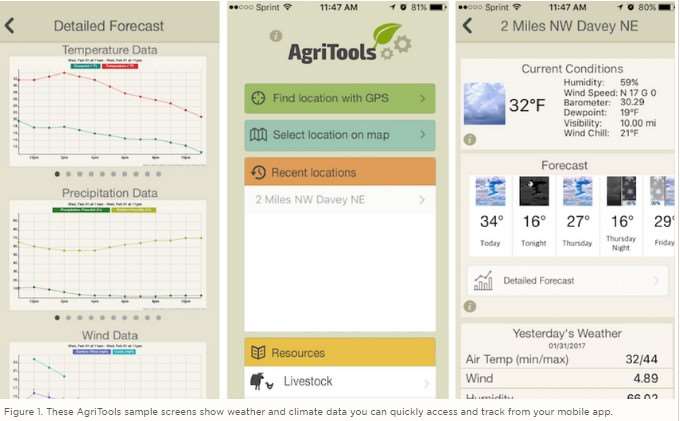Farmers and ranchers across the state may cut and bale state highway ditches adjacent to their property as a way to provide access to more forage during the on-going drought in South Dakota.
This is part of the State of Emergency declared by Governor Dennis Daugaard.
"As part of the State of Emergency, the state eased haying and transportation restrictions to assist livestock producers," explained Alvaro Garcia, SDSU Extension Agriculture and Natural Resources Program Director & Professor.
The S.D. Department of Transportation suspended all mowing operations until July 5, 2017 to allow farmers to access to more hay. The state also authorized producers to travel statewide without a commercial driver's license (CDL) to ease transport of feed in the drought stricken area.

July is the Best time to Harvest Ditch Hay
Although it is a good practice to have the bales of ditch hay analyzed for at least crude protein and total digestible nutrients (TDN) - and balance diets accordingly - Garcia said that if the bales are not analyzed, based on research, the best time for livestock producers to harvest ditch hay is during the month of July.
"During 2015, NDSU Extension analyzed 182 samples of harvested ditch hay from across the state. The results showed that most of the ditch hay consisted of cool-season grasses, predominantly smooth bromegrass. There were differences in nutrient composition that were attributed mostly to variability in the stage of maturity at cutting. The best compromise between tonnage and quality seems to be when ditch hay is harvested precisely during early July," Garcia said.
Consider safety & herbicides
When deciding to harvest ditch hay, is very important to thoroughly inspect the area to make sure that the ditch is tractor-safe and will not result in a dangerous rollover.
Garcia also encouraged producers to inspect/rid the area of garbage that may have accumulated such as glass bottles, aluminum cans, plastic, etc.
"In addition, it is important to know whether the roadsides have been sprayed for weeds," he said. "Some herbicides are not cleared to be used on forage that is to be fed to livestock."
He added that some broadleaf herbicides sprayed on ditch hay fed to cattle are eliminated intact in the manure. "If manure from animals fed ditch hay sprayed with these herbicides is applied to the fields, there is a good chance the herbicide will hurt yields or even the whole subsequent broadleaf crop," Garcia said.
Current research-based suggestions are to skip at least two growing seasons before planting broadleaf crops to acreage that was fertilized with manure from these animals.
Click here to see more...